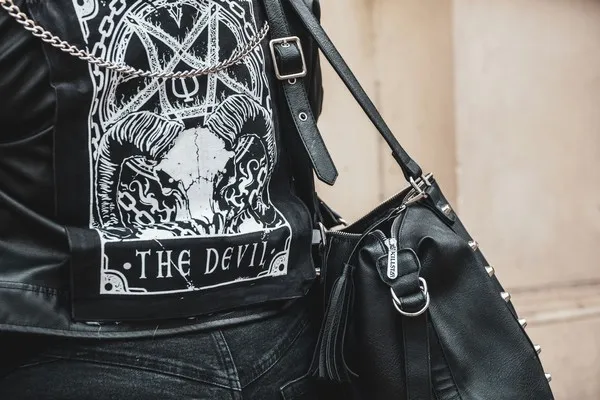Table of Contents
- Origins and Historical Context
- Core Characteristics
- Black Metal as a Subculture
- Interaction with Mainstream Culture
- Black Metal’s Global Influence
- Conclusion
Black metal, as a subculture, presents a unique and compelling case for sociological examination. Emerging from the broader heavy metal genre, black metal distinguishes itself through its distinct aesthetic, thematic focus, and cultural practices. This subculture is characterized by its intense musical style, often featuring fast tempos, shrieking vocals, heavily distorted guitars, and an overall atmosphere of darkness and extremity. However, black metal extends beyond the music itself, encapsulating a range of beliefs, values, and behaviors that contribute to its identity as a subculture. This essay will outline and explain black metal as a subculture, exploring its origins, core characteristics, ideological foundations, and the ways in which it interacts with and differentiates itself from mainstream culture.
Origins and Historical Context
Early Beginnings
Black metal’s origins can be traced back to the early 1980s, with bands such as Venom, Bathory, and Hellhammer laying the groundwork for what would become a distinct subgenre. Venom’s 1982 album Black Metal is often cited as a seminal influence, not only for its sound but also for its thematic content, which embraced Satanism and anti-Christian sentiment. These early bands drew heavily from thrash metal and punk, but their darker, more aggressive approach set them apart.
Second Wave and Norwegian Scene
The early 1990s saw the emergence of the second wave of black metal, primarily centered in Norway. This period is crucial in understanding black metal as a subculture, as it solidified many of the genre’s defining characteristics. Bands like Mayhem, Burzum, Darkthrone, and Emperor became central figures, known not only for their music but also for their controversial actions, including church burnings and violence. The Norwegian scene emphasized a raw, lo-fi production aesthetic, further distancing black metal from mainstream musical standards.
Core Characteristics
Musical Style and Aesthetics
Musically, black metal is characterized by its use of tremolo picking, blast beat drumming, and an emphasis on atmosphere. The vocals, typically high-pitched and shrieking, convey a sense of anguish and aggression. The production quality often favors a raw, unpolished sound, which is seen as more “authentic” by adherents of the subculture.
Aesthetically, black metal is known for its use of corpse paint—black and white face paint designed to make the wearer look ghoulish or otherworldly. This visual element, combined with elaborate stage costumes and often theatrical performances, contributes to the subculture’s distinct identity. Album artwork and logos are typically dark, featuring images of nature, desolation, and occult symbolism.
Ideological Foundations
At its core, black metal is often anti-religious, particularly anti-Christian, reflecting a broader rebellion against institutional authority and societal norms. This ideological stance is not monolithic; while some adherents embrace Satanism or Paganism, others adopt a more generalized nihilistic or misanthropic worldview. The rejection of mainstream values and the embrace of individualism are central tenets.
The Norwegian scene, in particular, was heavily influenced by Paganism and a romanticized view of pre-Christian Scandinavian culture. This emphasis on heritage and a connection to nature can be seen in the lyrical themes and imagery of many black metal bands. However, it’s important to note that not all black metal adherents share the same beliefs, and the subculture is marked by a diversity of ideological perspectives.
Black Metal as a Subculture
Get the full article AD FREE. Join now for full access to all premium articles.
View Plans & Subscribe Already a member? Log in.




